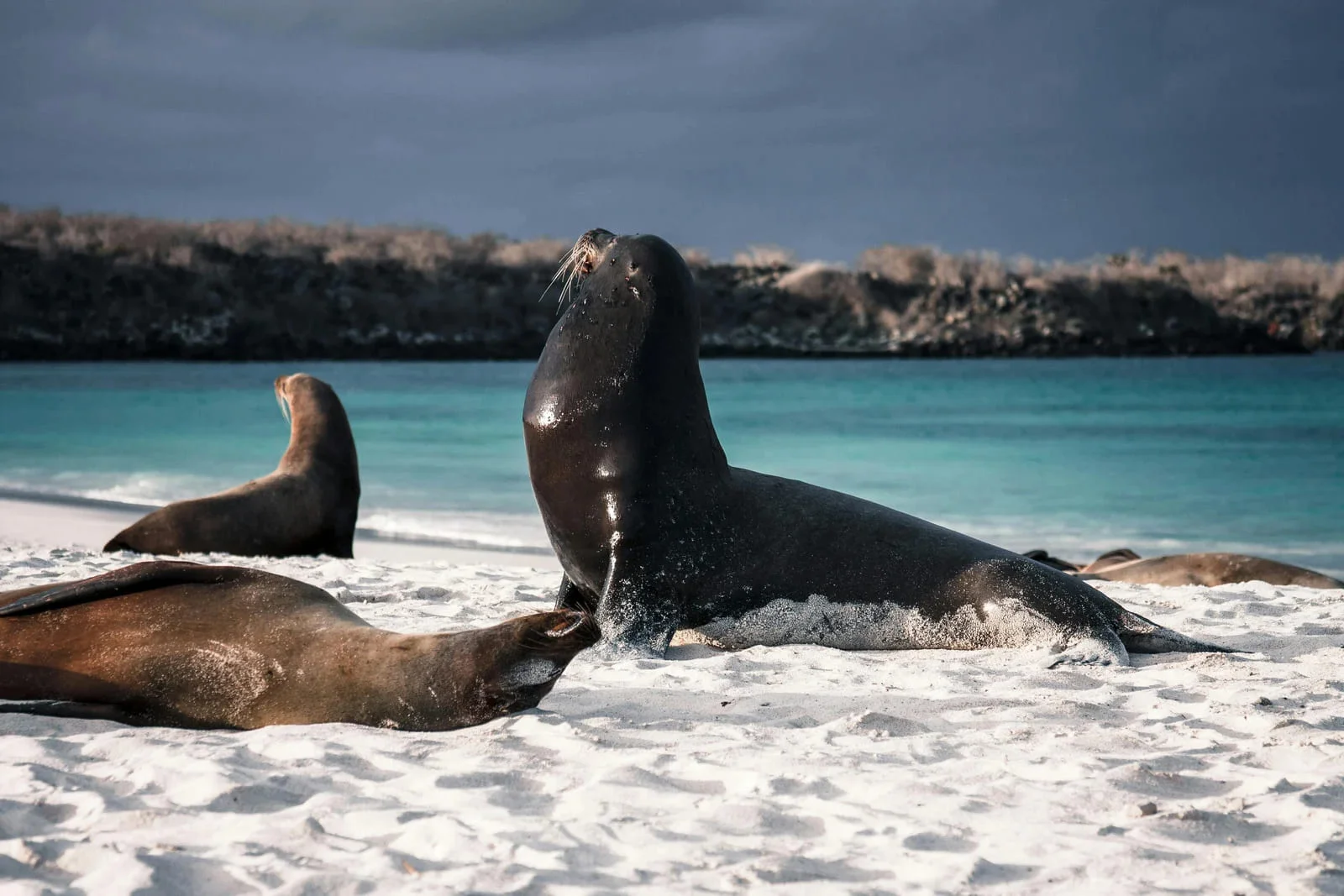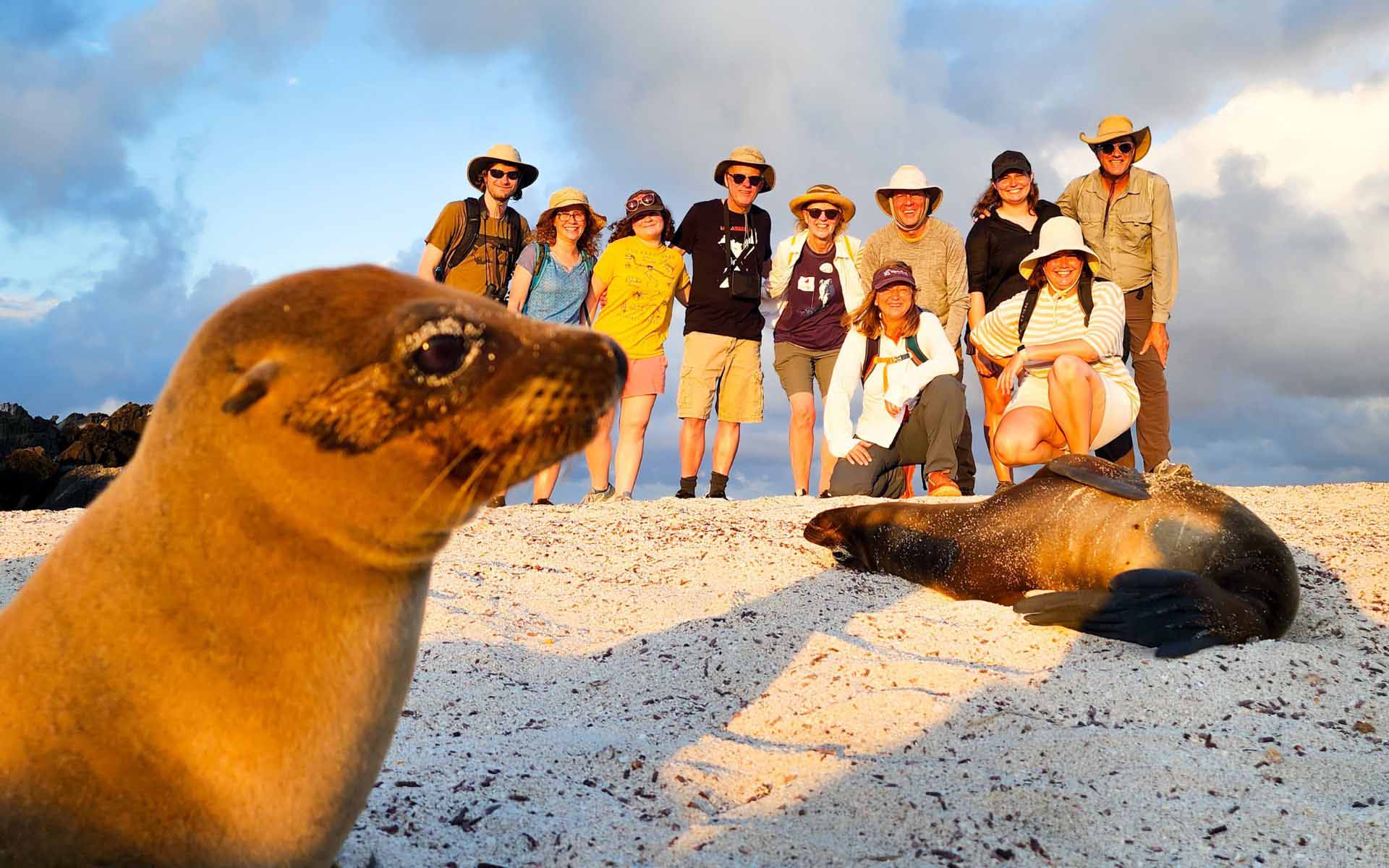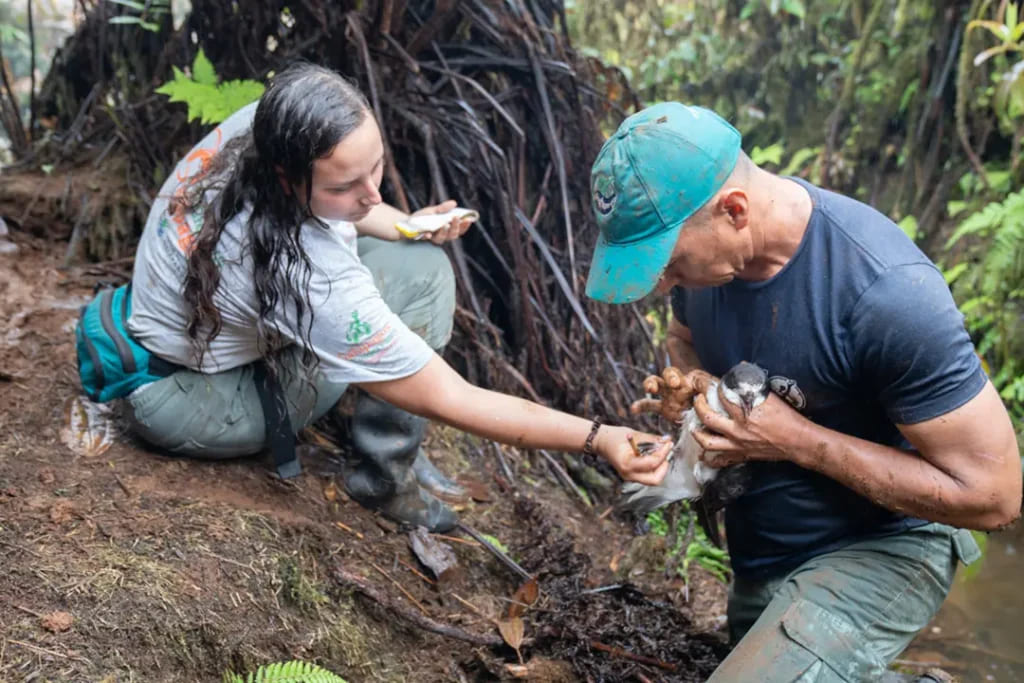
Imagining a New Model of Tourism for Galapagos | Travel News
Oct-01-2025
Tourism in the Galapagos Islands has always been a double-edged sword.The tourism industry allocates its profits to environmental protection programs while creating employment for people who live in the region. The tourism industry faces two opposing situations because it requires natural resources for operation but simultaneously threatens to damage sensitive ecosystems and insufficient infrastructure. The world has implemented two solutions to combat overtourism through higher entry costs and vacation home restrictions yet these measures prove insufficient to solve the problem.
Tourism requires a fundamental shift in its approach because this shift will enable it to restore and protect both human populations and natural environments. Tourists who visit regenerative tourism destinations find themselves at the heart of this experience. The main goal of sustainable tourism focuses on minimizing environmental damage but regenerative tourism goes beyond this by producing beneficial effects which support ecosystem health and community welfare.
Tourism exists as a system according to this method because it connects with both ecological systems and social structures. The tourism industry needs to qualify as regenerative by creating benefits for communities while defending their cultural heritage and rehabilitating their natural surroundings. The Doughnut Economics model shows how people can exist within the zone which fulfills social requirements while protecting natural boundaries.
The tourism sector requires more than job creation and economic growth to fulfill its purpose because it needs to protect cultural heritage and restore natural environments while respecting the islands' ecological limits.
Island destinations across the globe have started to adopt regenerative practices.
The government of Timor-Leste established ATKOMA which functions as a community-based destination management system that collects visitor fees from guesthouses to support both reef protection and community development programs. This approach enables residents to control tourism development while protecting their natural environment.
The Maldives started to move away from its previous policy which allowed only one resort per island. The hospitality market experiences growth because guesthouses that belong to local owners now make up an increasing portion of the industry and HATA (Horsburgh Atoll Tourism Alliance) uses its booking revenue to support conservation work and community development.
These examples prove that islands function as experimental spaces which test new methods for combining development with environmental protection despite their restricted resource availability.
Land-based tourism in the Galapagos has surged by 260% since the year 2000.
The islands face a warning from conservationists who predict they will encounter identical tourism-related problems which have affected other places that have become overrun by tourists.

The Regenerative Tourism Group (GTR) represents progress toward establishing a new vision. The GTR brings together local stakeholders with conservation organizations and authorities to establish new approaches for tourism management which move past basic visitor control.
The future path demands we stop separating tourists into different categories while we abandon the present system of price increases and visitor limitations. Local communities need to maintain control over tourism development because this approach creates advantages for both human populations and environmental protection.
Galapagos stands ready to develop a worldwide regenerative tourism example which demonstrates how local communities and travelers and conservation efforts can unite to restore natural environments while supporting cultural heritage and economic growth.
This vision exists as an ongoing developmental process which requires ongoing learning and teamwork and continuous adaptation. The decisions which Galapagos makes today will establish if the area will accept this regenerative path or continue to experience the same problems which have affected other famous tourist locations.
Tourism requires a fundamental shift in its approach because this shift will enable it to restore and protect both human populations and natural environments. Tourists who visit regenerative tourism destinations find themselves at the heart of this experience. The main goal of sustainable tourism focuses on minimizing environmental damage but regenerative tourism goes beyond this by producing beneficial effects which support ecosystem health and community welfare.
What Does Regenerative Tourism Mean?

Tourism exists as a system according to this method because it connects with both ecological systems and social structures. The tourism industry needs to qualify as regenerative by creating benefits for communities while defending their cultural heritage and rehabilitating their natural surroundings. The Doughnut Economics model shows how people can exist within the zone which fulfills social requirements while protecting natural boundaries.
The tourism sector requires more than job creation and economic growth to fulfill its purpose because it needs to protect cultural heritage and restore natural environments while respecting the islands' ecological limits.
Lessons From Other Islands
Island destinations across the globe have started to adopt regenerative practices.
The government of Timor-Leste established ATKOMA which functions as a community-based destination management system that collects visitor fees from guesthouses to support both reef protection and community development programs. This approach enables residents to control tourism development while protecting their natural environment.
The Maldives started to move away from its previous policy which allowed only one resort per island. The hospitality market experiences growth because guesthouses that belong to local owners now make up an increasing portion of the industry and HATA (Horsburgh Atoll Tourism Alliance) uses its booking revenue to support conservation work and community development.
These examples prove that islands function as experimental spaces which test new methods for combining development with environmental protection despite their restricted resource availability.
A Turning Point for Galapagos
Land-based tourism in the Galapagos has surged by 260% since the year 2000.
The islands face a warning from conservationists who predict they will encounter identical tourism-related problems which have affected other places that have become overrun by tourists.

The Regenerative Tourism Group (GTR) represents progress toward establishing a new vision. The GTR brings together local stakeholders with conservation organizations and authorities to establish new approaches for tourism management which move past basic visitor control.
- The workshops of 2023 which included 60 participants led to multiple new partnerships.
- The visitors will follow the community values which have been established through the development of the participatory code of conduct.
- The program will begin testing regenerative initiatives through pilot projects which local people will lead.
- The project will create a web-based platform which allows community members to participate in its development process for connecting visitors with island education and protection efforts.
Looking Ahead
The future path demands we stop separating tourists into different categories while we abandon the present system of price increases and visitor limitations. Local communities need to maintain control over tourism development because this approach creates advantages for both human populations and environmental protection.
Galapagos stands ready to develop a worldwide regenerative tourism example which demonstrates how local communities and travelers and conservation efforts can unite to restore natural environments while supporting cultural heritage and economic growth.
This vision exists as an ongoing developmental process which requires ongoing learning and teamwork and continuous adaptation. The decisions which Galapagos makes today will establish if the area will accept this regenerative path or continue to experience the same problems which have affected other famous tourist locations.

